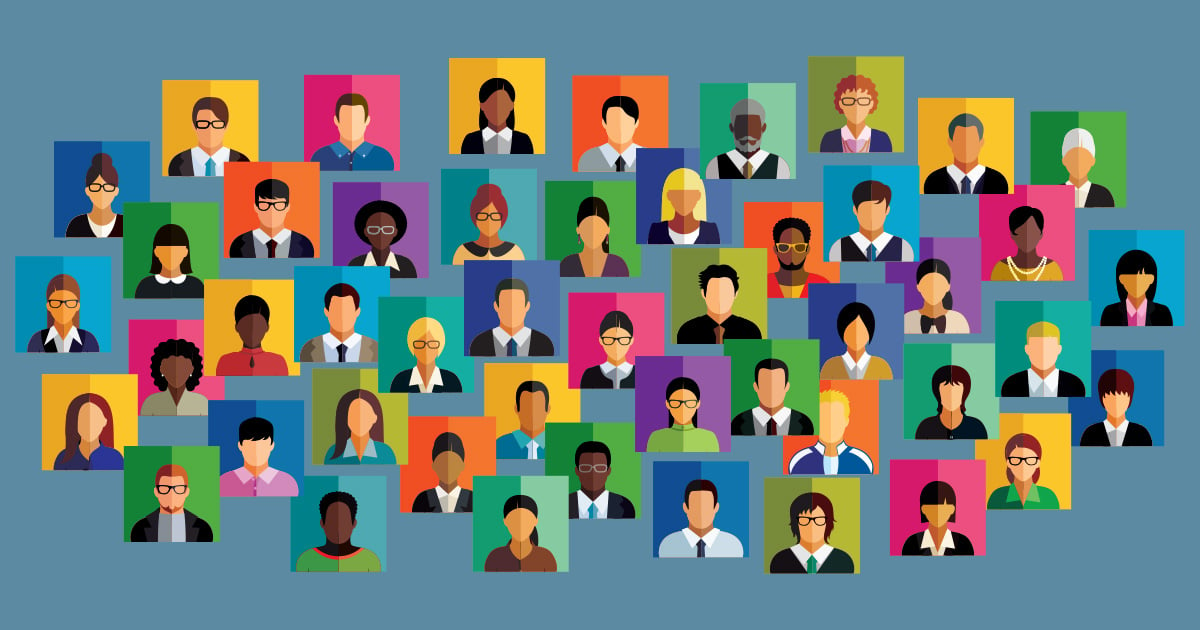Michigan Lawyer Employment Data by Occupation Type – Part 2

Michigan Resident Lawyer Employment Data Series – Part 2 by Don LeDuc, Professor of Law, Cooley Law School
Annually, the State Bar of Michigan collects detailed data regarding its membership, focusing on active Michigan resident lawyers–a focus followed in the seven-part analysis in this series. The data is supplied by and used with the permission of the State Bar. My thanks to Kristen Sewell, the current Research and Analytics Director at the State Bar of Michigan and Anne Vrooman, recently retired from that position, for their work in gathering and providing this information. The data provides an opportunity to examine objectively both the changes from year-to-year and the implications of those changes.
Part 2 in this series reviews the changes in occupational type over the last 10 years. The charts in Part 2 should be read in conjunction with those in Part 1. As with Part 1, the two charts in this part display the numbers during the period first, then display the percentages.

Chart 3 examines the scope of the changes in employment numbers by type over the period; the base year is 2013, the computations for the high, low, and range covered the years 2013 through 2023. The average shown on both charts is for the last ten years–2014-2023; the other figures in these charts are based on the changes beginning with 2013. Chart 4 converts Chart 3 to percentages, as was done with Charts 1 and 2 in Part 1. The percentage format of Chart 4 provides clearer evidence of the year-to-year consistency in employment type.
The numbers in Chart 3 show that about half of all lawyers are in private practice, but Chart 4 shows that the change in employment type is not too volatile. Because this is a closed system of allocation, the modest decline in private practice supplies the increases in other categories. The range figure is the best measure of volatility. The data under review in these charts involves the entire active membership of the Bar, so by far the greatest number of lawyers will report the same employment type year after year. Volatility in occupation type more likely would be shown in annual reports regarding the employment of law school graduating classes, which are furnished by the Council on Legal Education and Admissions to the Bar and by the National Association for Law Placement.

Most categories display little change over the eleven-year period beginning in 2013, whether viewed from the perspective of change from start to finish or from that of the ranges displayed by the data. Lawyer unemployment moved steadily downward.
In the next submission, we will begin to look at various age-group demographics by county in Part 3, as part of the Michigan Resident Lawyer Employment Data Series by Don LeDuc, Professor of Law, Cooley Law School.

